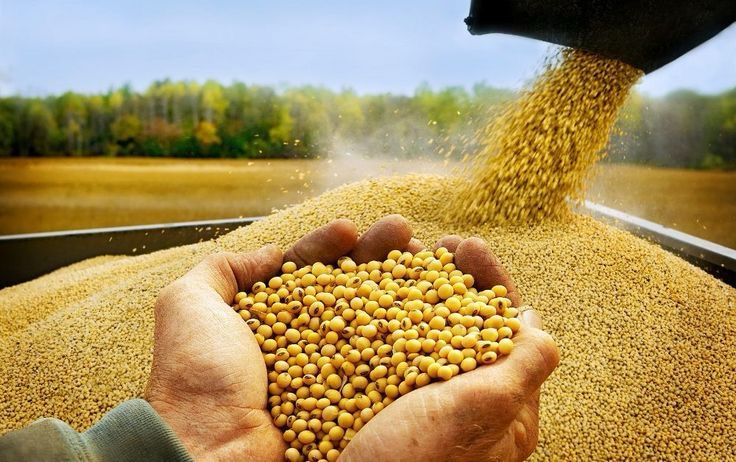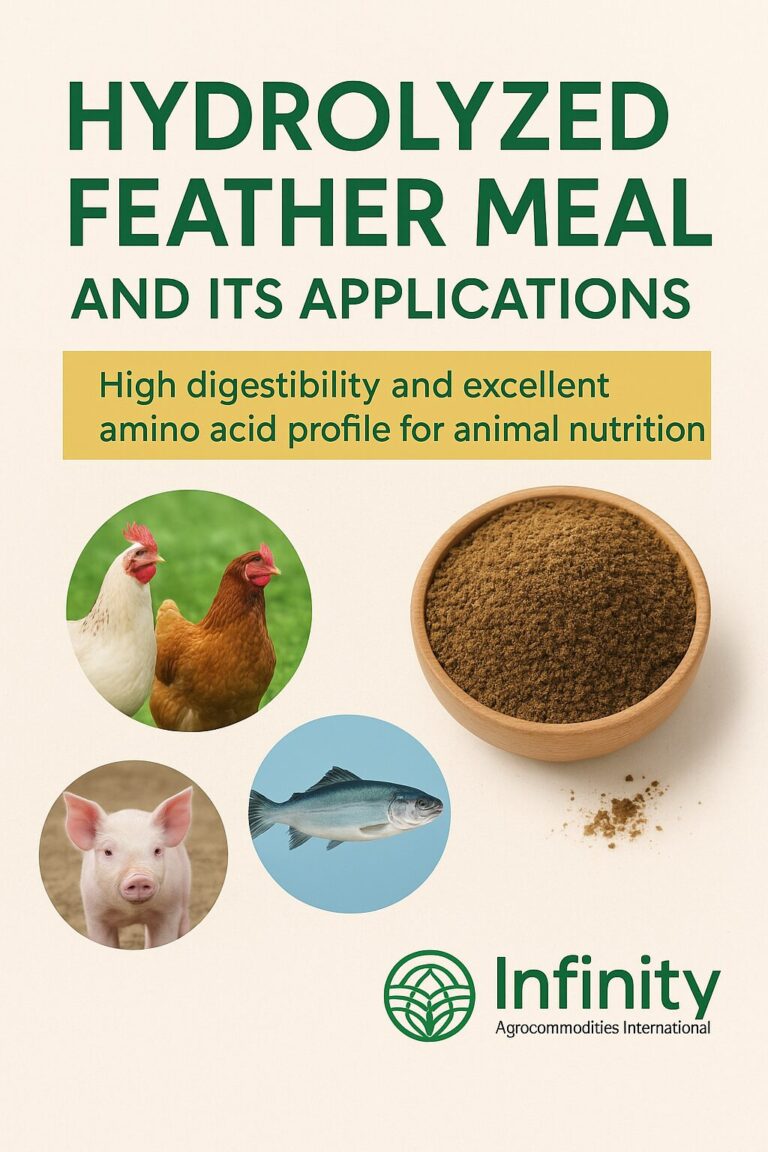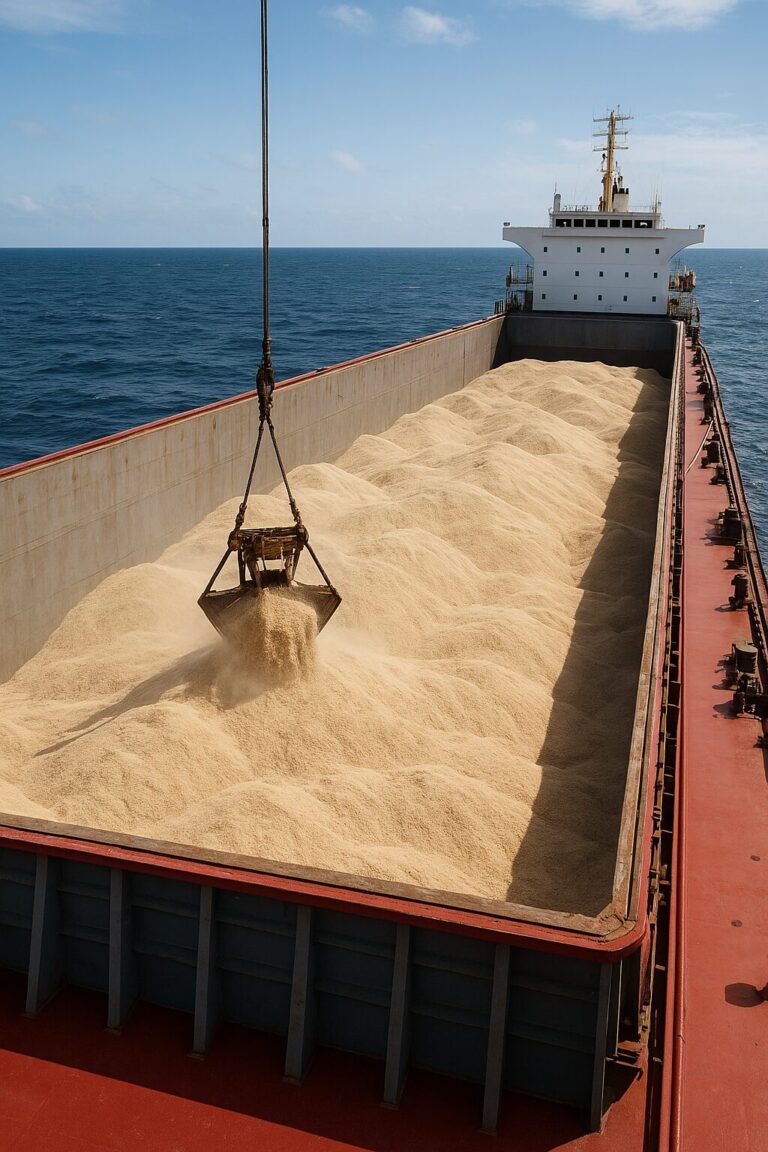Bean leaf beetles or aphids, harvest is the right time to reasses…
As the yield monitor adds up and the grain price ticker counts down, combine-bound farmers have little to do but keep the machine rolling and contemplate the highs and lows of the past season.
While the year might feel finished, harvest can be the best time to reflect on agronomic choices and their impacts in preparation for a new year. Syngenta agronomic service representative Jesse Grote said he finds late-season scouting and combine time the best opportunities to review how soybean pest loads, and insecticide performance shook out.
“It’s important that people don’t underestimate the power of the scouting you can do in the fall,” Grote said. “I farm myself, and sometimes I just want to say, ‘Goodbye 2024 don’t ever want to see you again.’ But, once I get past that, and we get into harvest, it really is a good time to capture those notes, either mentally, electronically or pen and paper, and then reevaluate.”
In this season especially, return on investment is trending to be a top-of-mind topic for farmers evaluating expenses heading into 2025.
“Return on investment is always important,” Grote said. “As prices and the economy are in the process of cycling downward, we definitely want to make sure we’re applying the right products that are going to give us a good return on investment.”
Agronomic decisions
As planting trends earlier for a wide ariety of crops, including soybeans, agronomic decisions must happen faster. Early options like seed treatments can have greater impacts on the overall season.
“We’re planting soybeans earlier than I can ever remember in my career. It’s always the first soybeans that come up – that’s where the bean leaf beetles want to go,” Grote said. “They’ve had a long winter nap, they’re up, they’re hungry, and they’re going to go find those first soybeans.”
On his own farm this year, Grote said bean leaf beetles posed a big threat to early season beans after a warm winter.
“Apply a good seed treatment that has insecticidal systemic activity like CruiserMaxx APX, and that’s going to give early season protection against Bean Leaf beetles,” Grote said. “Bean Leaf beetles are an early pest. They overwinter every year, and in the case of our most recent winter, it stayed really warm, so we had a lot of bean leaf beetles that survived, more so than normal, survived the winter.”
Having a solid seed treatment present prior to pest pressure helps protect plants against aggressive defoliation in critical growth stages.
“As the seedlings germinate and begin to grow up and emerge from the soil, the active ingredient from that seed treatment actually flows up through the roots, into the stem and out into the foliate,” Grote said. “The beetles start chewing on those first cotyledons, the first unifolia or sometimes even the first trifoliates that emerge, and that active ingredient that’s been moved up into that plant is able to stall that damage.”
Without a seed treatment, an insecticide with multiple modes of action may be necessary to protect against pest pressure.
“In places where either seed treatment wasn’t applied, or we didn’t have that early protection, or, you know, the bean leaf beetles came in a little late, that’s when we look at doing an early application of an insecticide, like Endigo ZCX,” Grote said. “That’s going to provide some knockdown, and then also residual control.”
Scouting necessity
Later in the season, scouting plays a critical role in deciding for or against the economic advantage of additional applications – especially against pests like soybean aphids. Scouting every seven to 10 days during later reproductive stages can help identify whether an application would be advantageous.
“There’s science, but there’s also art,” Grote said about his scouting philosophy. “Every farmer, every crop scout, and even every agronomist – they all have different techniques that work for them.”
For soybean scouting Grote prefers a speed scouting technique developed by Iowa State University. The method sets a threshold of aphids per plant and runs with multiple checks over a 10-day period before an application decision is finalized. The aphid per plant strategy takes into account the way the insects cause damage.
“As far as aphids are concerned, the threshold isn’t so much based on defoliation, because the way they harm the plant is different,” Grote said. “They suck out the sugars from the stem – robbing the plant of its energy. In that case, we’re going to be looking more at a count per plant.”
The sweet spot occurs just ahead of or right at the threshold of 250 aphids per plant. At that point, Grote recommended seriously considering application of an insecticide with multiple modes of action.
“There were a lot of challenges with aphid control this year, especially with people using a single mode of action, pyrethroid type, insecticide,” Grote said. “The efficacy just wasn’t quite there.”
Source: https://www.farmprogress.com/soybean/reflect-and-readjust-soybean-protocols-for-2025




